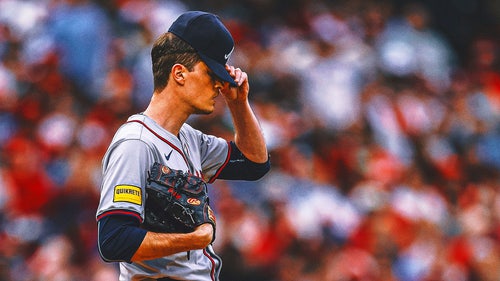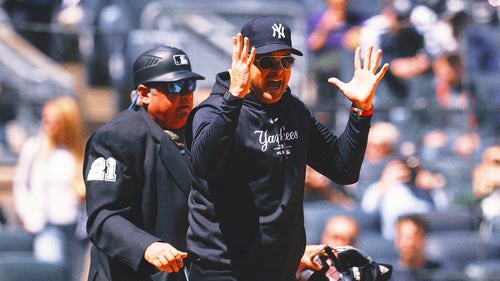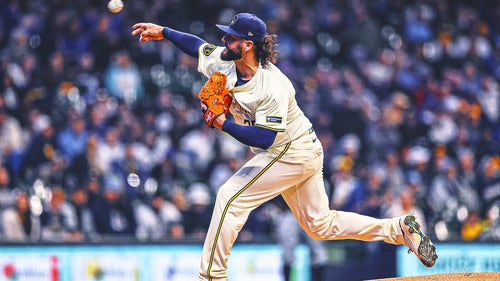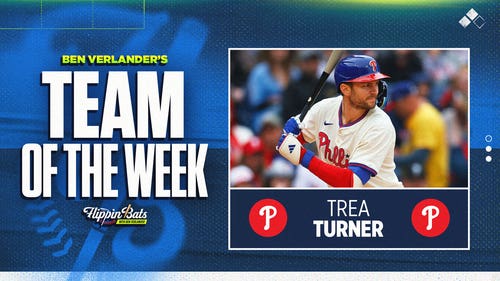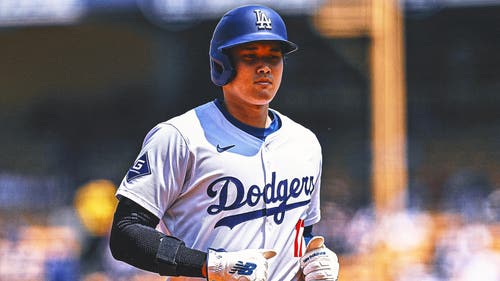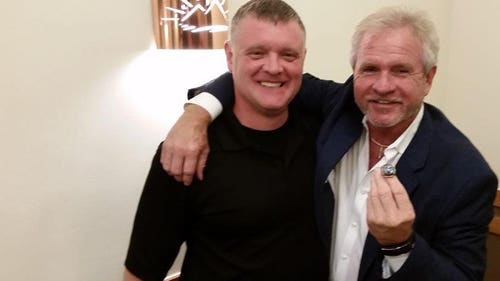
Atlanta Braves Scouting Report on LHP Kolby Allard
Feb 19, 2016; Kissimmee, FL, USA; A stack of baseballs sit on the pitching mound at Osceola County Stadium. Mandatory Credit: Jonathan Dyer-USA TODAY Sports
The Atlanta Braves saw Kolby Allard have an excellent season in his first year in the system. What could he do going forward?
Player Profile
The Atlanta Braves felt lucky to get Allard with the 14th selection in the 2015 draft from San Clemente High School in California.
Allard had some back concerns in high school that led from him being considered near the top of the draft to falling all the way to the middle of the first round, and the Braves were certainly willing to gamble.
He only made 3 appearances in his draft year with the Gulf Coast League, throwing 6 innings, but those 6 innings really impressed as he allowed only one hit and no walks and struck out 12 hitters.
Prospect ranking lists took note, and he ranked #84 on Baseball America’s prospect list, #89 on MLB.com’s list, and #82 on Baseball Prospectus’ list.
Allard had a back procedure in the offseason, and he had to refute concerns that it was his second procedure as it was only his first such procedure.
The Braves started Allard in extended spring this season, and he presented as ready before short-season teams opened their seasons, so he was sent to Rome, but the experience was not exactly smooth, as he made three starts, throwing 12 innings, with an 8.25 ERA, 1.67 WHIP, though a 4/12 BB/K ratio.
Kolby went down to Danville in the Appalachian League once that league opened, and it was a whole different story as he was able to cut loose and seemed much more confident after some success at that level, returning to Rome roughly a month after heading to Danville, and he was a key member of the Rome rotation all the way through the playoffs.
Combined on the regular season, Allard made 16 starts, throwing 87 2/3 innings, with a 2.98 ERA, 1.11 WHIP, and a 25/95 BB/K ratio. He also made two playoff starts for Rome in their run to the South Atlantic League championship, throwing 12 innings without allowing a run, posting a 1.00 WHIP and a 3/10 BB/K ratio.
Scouting Report
More from Tomahawk Take
Size/Delivery/Control
Size – Allard is listed at 6’1″ and 180 pounds.
Delivery – Allard begins with both feet on the rubber, then takes an easy step back toward the third base bag, and brings his knee about waist high.
When bringing his knee up, he does tuck his whole body back toward second base just a touch and bends down his upper body until his hands break over his knee.
He then comes to the plate, holding his lead shoulder back well, providing a touch of deception as the ball stays behind his body until it’s just about to be released.
He works from a 3/4 arm slot.
Control (55) – Allard’s first experience in Rome in 2016 was plagued with solid control but poor command, and that led to pitches left where the hitter could drive them and even getting some “ball” calls on pitches in the zone because he missed his target badly.
The time down in Danville seemed to be an excellent re-focus for Allard as when he came back to Rome, he had tremendous command of the secondary stuff, hitting the catcher’s mitt frequently without the catcher having to move a muscle.
I really was close to a pure 60 on control, but in re-watching a handful of Allard’s starts this season, I noted that his fastball location when he came up from Danville seemed to be solid, but he was getting so much movement on the pitch that he often was missing his catcher’s mitt.
That didn’t mean he was missing the zone, but missing his spot by a bit with the fastball is the one pitch that could mean he gets hit hard, and in the two hits I saw him get hit hardest, I saw the fastball drift more into the zone when he was missing the mitt.
Pitches
Fastball (60) – Allard runs his fastball up to 95-97 when he leans back for some extra, but he typically sits in the low-90s with his fastball.
What makes the fastball work so well and had me strongly considering a 65 on his fastball was the ridiculous movement he gets on the pitch.
Allard gets very sharp break on the fastball that would resemble a cut fastball, but he isn’t throwing an intentional cutter by any means – that’s just the natural movement he gets on the pitch.
Allard uses a lot of grips and varied velocities on the pitch to create effectiveness of the fastball. I watched in one game where he got a strikeout up in the zone on the same hitter twice and got strike two another time in the same location with a 7 MPH velocity spread of the fastball. When you can throw one pitch with that much variation in just velocity, that’s huge, but he was also getting excellent variance in movement as well.
One thing I did note as the season wore on is that he would use a grip on his fastball to right-handed hitters frequently that broke down and in hard but still carried fastball velocity. That pitch was an extremely effective weapon against opposite handed hitters.
Change Up (60) – Allard’s change has received some note as improving this year, but I really think in-season that the pitch may have shown the most growth of any of his pitches, arguably being his most effective pitch in the playoff game against Lakeland.
Allard gets very solid movement on the change, but it’s notable that it has more sink than cut, though it seems to start with cut before dropping into its sink. That similarity of movement adds to the deception of the pitch.
Curve Ball (60) – Allard has received note for possibly having the best curve in the system. While I really like the pitch, I’m not sure it’s quite to that level.
He throws the pitch at top velocity with a 12-6 break that would be classified as a “hard curve”, having a pseudo-slider effect.
He also takes a bit off and gets more of a traditional looping 12-6, which is the pitch he uses most often.
Lastly, he sometimes will alter his grip and get a “slurvy” break that has a similar action to his fastball to right-handed hitters with cut and tail.
MLB Player Comp
With similar natural builds, especially as they came through the minor leagues, Kolby has the look of a very well-known lefty in baseball currently, Jon Lester.
Lester has had his own health issues to work through, though I think he may gladly take the back issue any day over a re-up with his cancer battle.
Lester has worked himself all the way back to being one of the more elite pitchers in all of baseball, and one of the things I found especially striking about the comparison between he and Allard beyond the physicality is the way they work their fastballs.
Lester throws a very intentional cutter along with his fastball, a sinker, a curve, and a change. He did once throw a slider as well, but he hasn’t thrown one, per PitchF/X, since 2010.
One of the notable things for me when watching Allard as I mentioned above was how he could manipulate both his grip and location of his fastball to work hitters, and based on PitchF/X identifying three separate fastballs from Lester, it’s clear that is his approach as well.
Allard will most likely open with the new Atlanta Braves affiliate in the Florida State League, part of a very talented rotation for the Florida Fire Frogs that could include Mike Soroka, Touki Toussaint, Luiz Gohara, and Ricardo Sanchez, meaning in the five-man rotation, not one pitcher would be over 20 to open the season, and three will open the season as teenagers!






































































































































